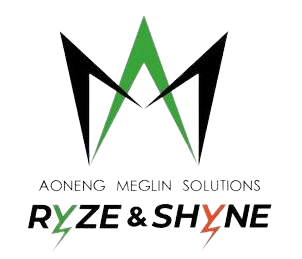Yes, our electricity bills can really confuse us at times. There are fixed charges, surcharges, sanctioned load, supply type and then we have demand charges as well. The concept of paying for the units we consume is straightforward. However, demand charges can seem a bit complex. To understand this, let’s use an analogy of water pipes. We can water our individual plant pots at home using a regular pipe that we can get in the market easily. Say the capacity of the regular pipe to push water per minute is 200ml. The type of the pipe is analogous to the supply type mentioned in our electricity bill. There are 2 types of supply: LT(Low transmission line) or HT(High transmission line).
The regular pipe acts as a LT line that is used by home consumers usually. Now to water plants in a big garden, one might need a thick pipe that can push upto 1 litre of water per minute depending on the water pressure from the tap. The thick pipe acts as the HT line which is usually utilised by commercial entities or industries. Like litres or millilitres per minute are units to measure the volume of water being transferred through a pipe in a particular interval of time, similarly, Kilo Watt hour is the unit of measure for estimating demand of a particular consumer in a fixed interval of time.
A home consumer or commercial entity could be using same amount of electricity throughout the month, but their demand load can be different on the grid. It will depend on the no. of appliances/machines being used simultaneously as well as the energy efficiency rating and power input requirement of the particular machine or appliance. Looking back at the pipe example, The size and number of plants in a big garden are much more than the pot plants in a house. Hence, the water requirement to water the garden in a particular interval of time will be much more as compared to that of a house.
Now, how do DISCOMS levy demand charge on customers? By multiplying the highest demand load (In kW) or highest point of consumption in that particular month with the INR amount charged per KW. For example, if a utility charges INR 160 per kW demand charge and the demand for the month was 100 kW, there will be a demand charge of INR 16000 that will appear on the electric bill for that month.
So, how does it impact the EV industry and particularly charge point operators? The EV charging demand is dynamic in nature and quite unpredictable at present due to various factors such as the geographic location of stations, no of chargers installed, battery capacity of vehicles being charged at a particular station, peak hours, energy efficiency of the stations installed etc. As a result, the load on the grid can vary significantly, leading to very high demand charges for charge point operators.
For a Charge point operator to break-even or justify commercial viability of their business model, these demand charges need to be minimised and will be imposed indirectly on the end user or EV owners. As per a report launched by Alliance for an Energy Efficient Economy on the electricity tariff landscape for EV’s, the primary instrument available at the DISCOM’s disposition to tackle surge or spike in EV power demand is the demand charge. Therefore it is crucial to design demand charges sensibly to enable charging service as a viable business opportunity for an investor and also, to avoid making EV adoption unattractive for a user.
States such as Gujarat, Haryana, Karnataka and Maharashtra have imposed demand charges on EV charging. To know more visit this link.

